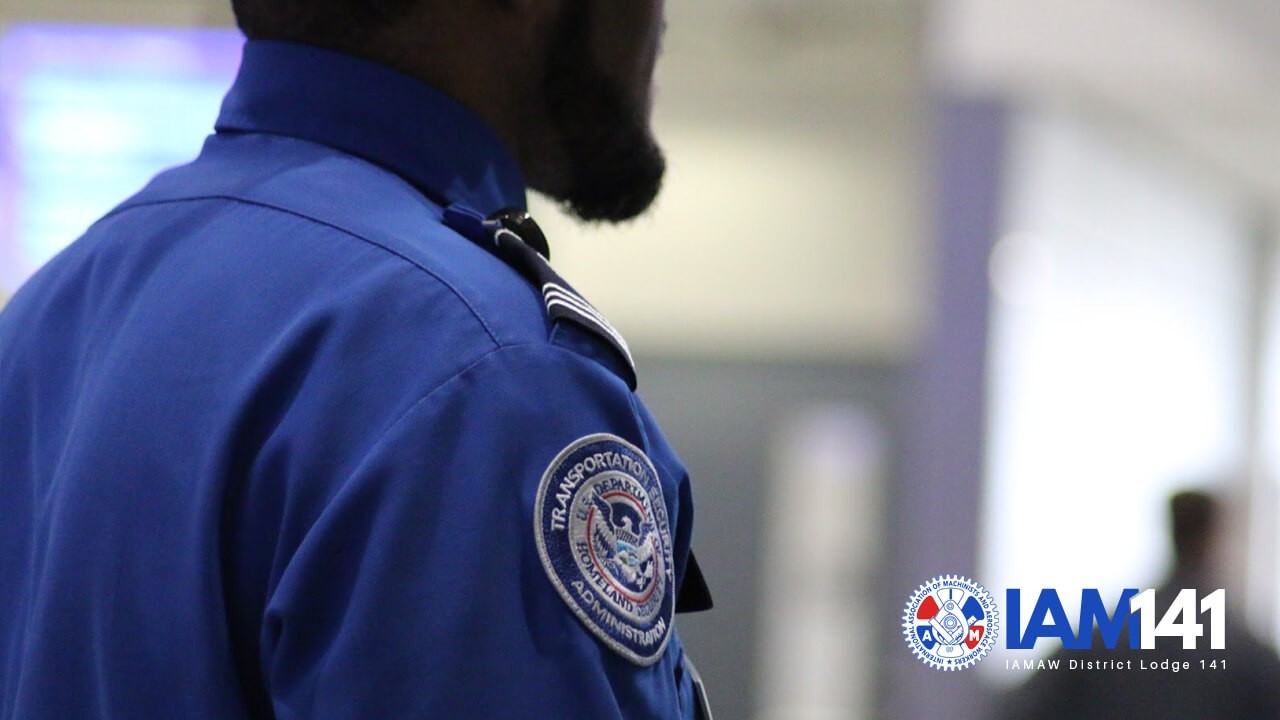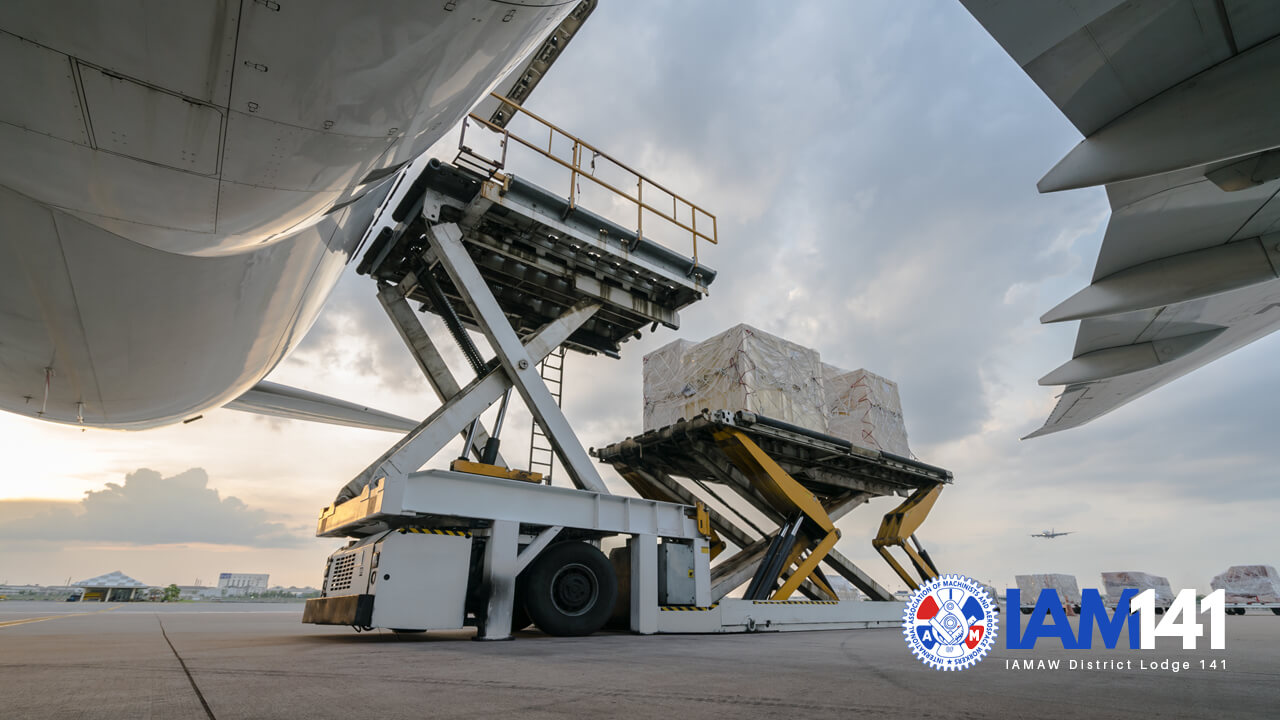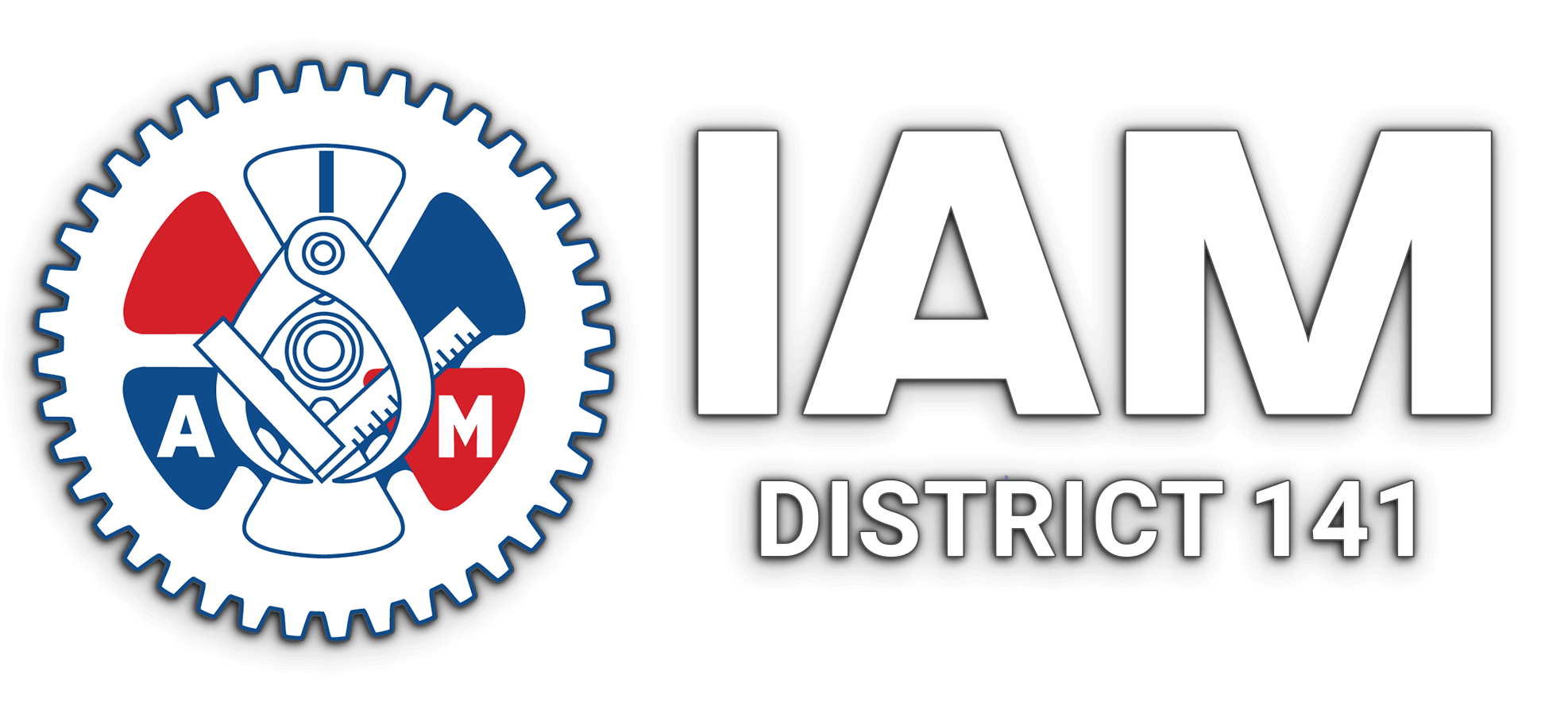
by Eric Price | Jan 16, 2019 | Airlines, American, Community Service, Departments, EAP, Education, Hawaiian, Home, MNPL, Organizing, Philippine, Safety, Spirit, United
Updated: 1/17/2019 The Federal Government shutdown began back in December, screwing over about 2 million workers and everyone who depends on them. This includes 51 thousand TSA Agents that keep our airlines moving. Here’s a running list of how the shutdown is...

by Eric Price | Jan 15, 2019 | Airlines, American, Community Service, Departments, EAP, Education, Hawaiian, Home, MNPL, Organizing, Philippine, Safety, Spirit, United
Houston’s largest airport, Bush Intercontinental (IAH), is closing a primary security checkpoint as they deal with staffing shortages caused by increasing numbers of TSA agents who can no longer afford to come to work without pay. The announcement follows a...

by Eric Price | Jan 11, 2019 | Airlines, American, Departments, Hawaiian, Home, Philippine, Spirit, United
On the 20th day of the partial federal government shutdown, workers, union leaders, members of Congress and allies gathered in front of the AFL-CIO headquarters in Washington, DC. AFL-CIO President Richard Trumka kicked off the rally by denouncing the shutdown, which...

by Eric Price | Dec 19, 2018 | Airlines, American, Departments, Hawaiian, Home, Philippine, Safety, Spirit, United
4 Ways to Leave Work in Total Pain Download Newly Released Research by UnionSafe141 has info for airline workers looking to avoid the OJI Pain Train. Try to think of something that will ruin your day at work, and airline workers are probably dealing with that...

by Eric Price | Dec 17, 2018 | Airlines, American, Hawaiian, Home, Philippine, Spirit, United
IAM141 Members are Paid More. Again. Download Union contracts protect paychecks. While millions of America’s non-union workers watch their take-home pay shrink due to increasing health care costs and wage stagnation, IAM members at our nation’s airlines are...

by Eric Price | Dec 17, 2018 | Airlines, Home, United
The Answer to Wage Stagnation: Unions. Download Union Workers are Making More. Increasing numbers of American workers have stagnant wages, less secure employment, and fewer rights at work, according to data released by the Pew Research Center. But not all workers are...







